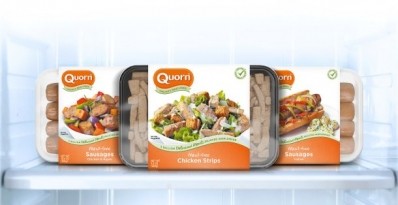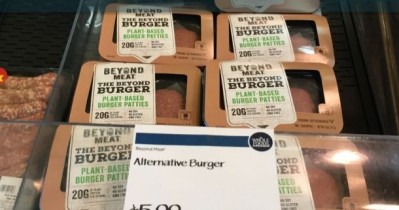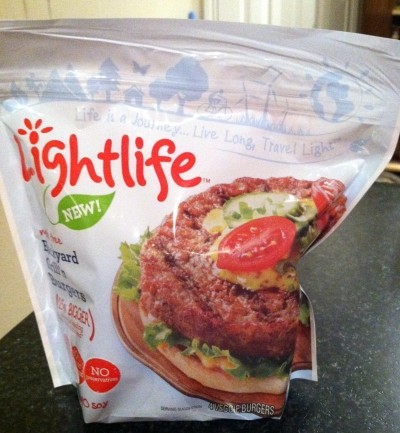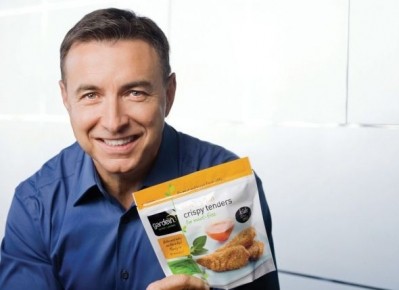Special edition: Meat alternatives
Beyond soy: Where does Quorn fit into the meat alternatives market?
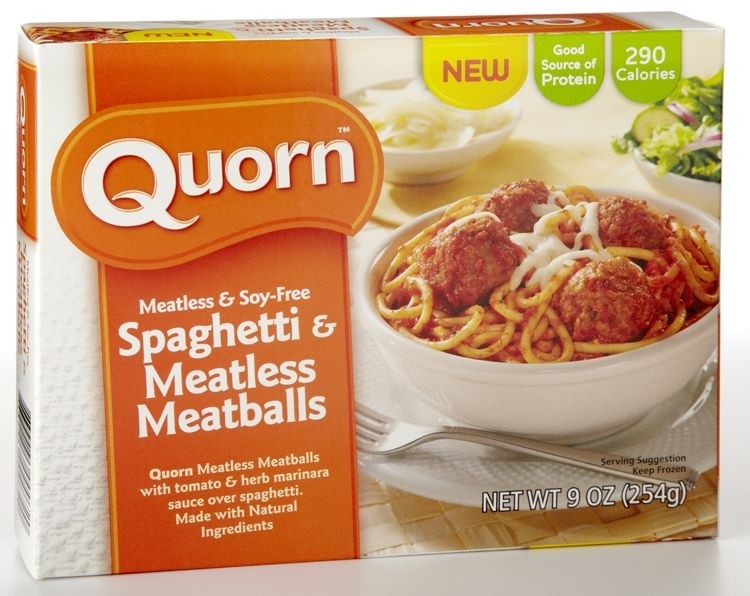
Made from an edible fungus (‘mycoprotein’) grown using a controlled fermentation process, Quorn was launched in the UK in 1985 and first introduced to American consumers in 2002.
A decade later, the private-equity-backed firm now commands a 7.5% share of the $308m US frozen meat alternatives market* and grew 7.2% in the year to June 10, 2012, in a category that grew by just 0.2% over the same period.
In the four weeks to June 10, Quorn posted an 11.8% rise in sales (vs the same period in 2011), while market leader Morningstar Farms (owned by Kellogg) grew just 3.6%, Kraft-owned Boca (the no. 2 player) saw sales slide 1.4%, Garden Burger (also Kellogg) slumped 7%, Amy’s nudged up 3.9% and Gardein surged 24.7%.
The biggest audience is meat reducers
So where does Quorn fit into the meat alternatives category?
“The brands all occupy slightly different positions in the market”, says Quorn USA general manager David Wilson.
“Morningstar is all about breakfast and burgers, Boca is mostly beef-style burgers, Gardein does more meal centers and Quorn is more about chicken-style products. While it is more expensive than Morningstar and Boca, it has a more meat-like bite; the structure of the product more closely replicates the texture of meat.”
GMO-free and ‘big eight’ allergen-free, Quorn offers an alternative for shoppers looking for a meaty texture without soy protein, he adds.
“Consumers are getting soy burnout. The fact that we are not using soy gives us a real point of difference.”
Burritos, meatballs and Kung Pao Chik’n
While Quorn is best known for its Chik’n cutlets, nuggets and tenders, it has recently expanded its range to include ready-to-serve entrees such as Kung Pao Chik’n, Spaghetti & Meatless Meatballs, Chili, Chik’n & Tomato Roasted Corn Salsa Burritos and Chipotle Lime Chik’n & Bean Burritos.
Vegetarians are obvious target consumers (although Quorn has recently developed some new egg-free burgers suitable for vegans), but Wilson is also wooing people trying to cut down on meat for health reasons (Quorn is low in saturated fat and calories and high in protein and fiber).
“The biggest audience is meat reducers and people trying to control fat and calories - who tend to be more female-skewed.”
Mainstream success
Quorn has traditionally performed strongly in the natural retail channel but has been making steady progress in the mainstream grocery market, securing listings in a clutch of leading players from Kroger and Target to Duane Reade, he says.
“Quorn typically performs best in stores with a dedicated natural and organic frozen section, but we have been steadily gaining distribution in mainstream channels. The key is getting people to try the products, so we put a lot of emphasis on in-store marketing and promotions and coupons.”
Currently, frozen mycoprotein is shipped over in bulk from the UK to the US, where it is turned into finished products and distributed across the country. However, Quorn still ships over some finished goods to the US from the UK, which is not very efficient, admits Wilson.
“We have a network of manufacturing partners in Pennsylvania, Massachusetts and New Hampshire, and we’re increasing the amount of local finishing we’re doing all the time.”
In the longer term, the company may also produce mycoprotein itself in the US, he says. “We’ve done some early exploratory work on this but we’re talking three, five even 10 years ahead.”
What is Quorn?
Quorn mycoprotein is derived from an organism found occurring naturally in the soil in a field in Marlow, Buckinghamshire, UK (Fusarium venenatum strain PTA-2684) in the 1960s.
Today it is produced on a commercial scale in large tanks in the UK using a continuous fermentation process fed with glucose, vitamins and minerals before being heat treated.
When it is extracted, flavorings are added along with egg white for binding so it can be shaped into nuggets, tenders and cutlets.
*SPINS/IRI, 52 weeks to June 10, 2012, mainstream and natural channels.
